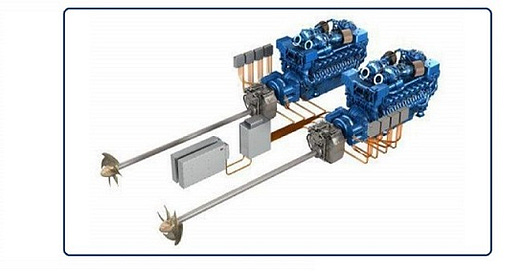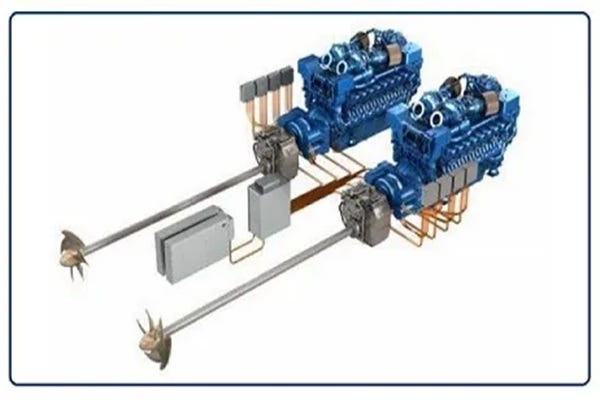When Green Yachts Ain't So Green
A BOAT OR A YACHT MAY CARRY A "HYBRID" LABEL, BUT THAT DOESN'T MEAN SHE'S TRULY ENERGY-EFFICIENT
Green is in when it comes to marine marketing. Which means a whole lotta builders are rushing to label their vessels as "hybrids". Unfortunately, not every hybrid configuration is, in fact, energy-efficient.
It's commonly assumed that, whatever else a hybrid might be, it's more energy-efficient than a non-hybrid. But whether or not it is, in fact, depends heavily on how you define “hybrid” and critically on the hybrid configuration exhibited by the vessel in question.
A while back, I was talking to a yachtsman about his custom "hybrid" vessel. It utilized some of the power developed by her propulsion engines to generate electricity by means of a couple of high-capacity, engine-mounted alternators. The electricity produced was stored in a large bank of batteries to provide propulsion power entering and leaving harbors and overnight as silent house-power without resort to a genset. Because the vessel employs both direct diesel power and electric power from batteries, the owner was explaining to me that she is an "advanced hybrid" vessel.
What I tried to explain was that his use of the term "hybrid" in this context is, at best, a stretch and, at worst, an outright misrepresentation. Because the system he was describing to me actually uses more, not less energy to service his vessel's needs than would be the case for a configuration that utilized direct-drive diesel for propulsion and an appropriately-sized diesel genset to provide ship's current at anchor. Here's why.
Keep reading with a 7-day free trial
Subscribe to For Yacht Builders, Buyers, and Owners to keep reading this post and get 7 days of free access to the full post archives.





